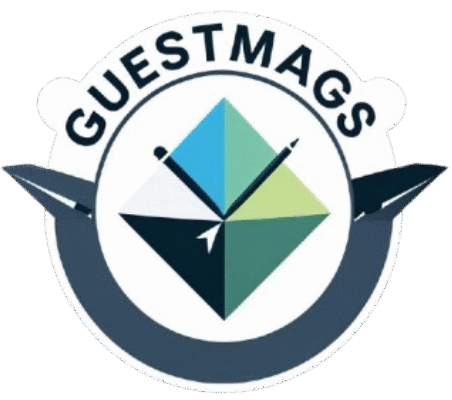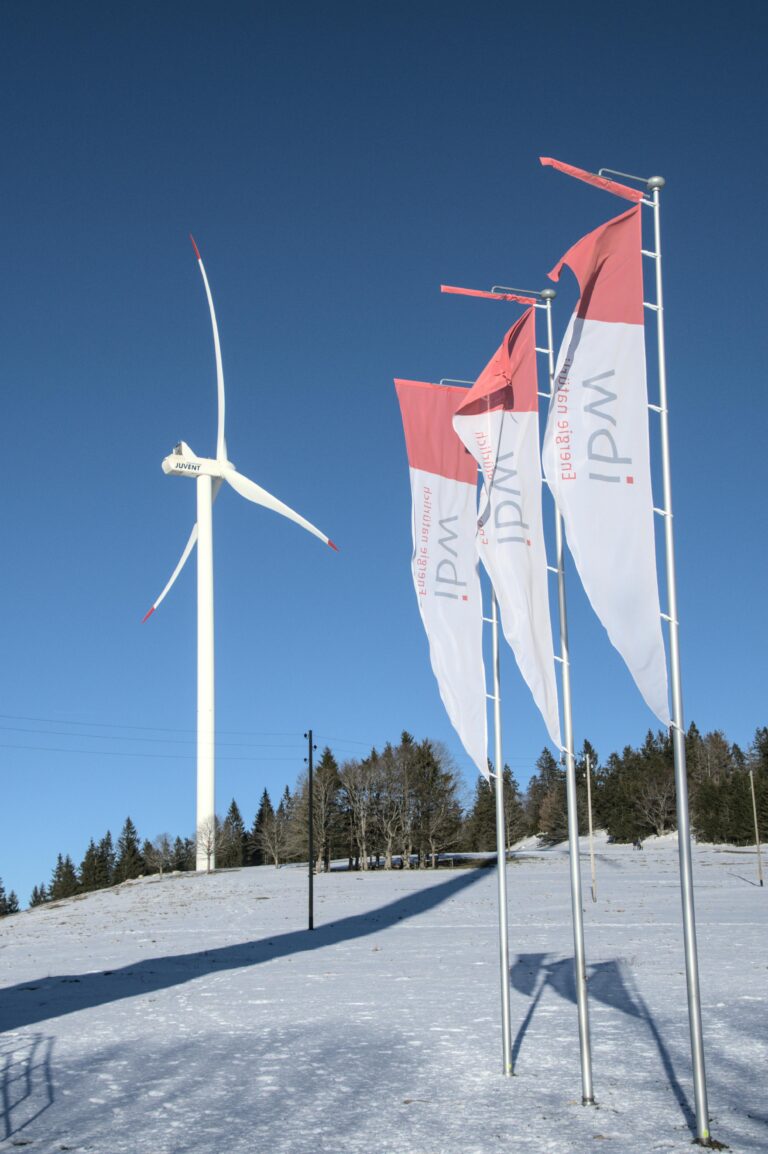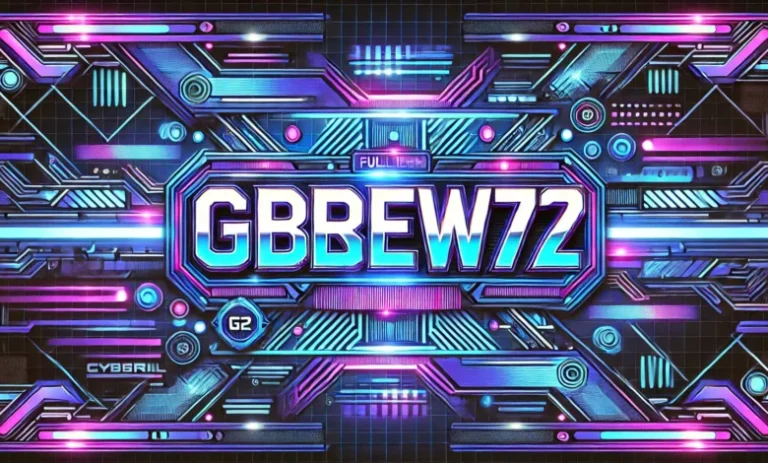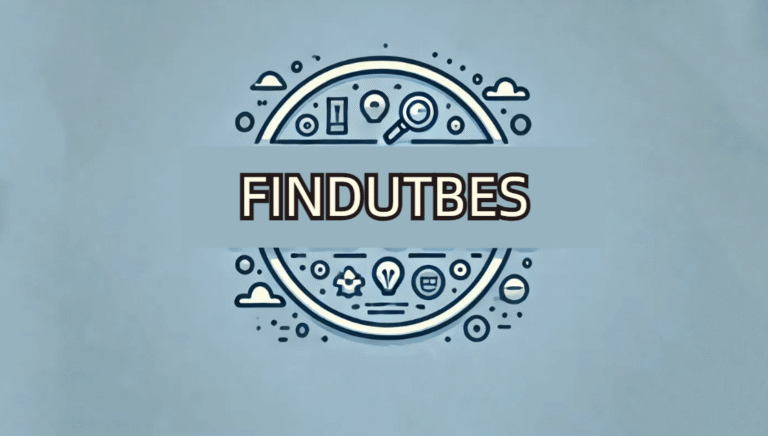Plangud: The Ultimate Guide to Guided Planning for Success
Plangud is a structured planning framework designed to transform ambitious goals into organized action. Unlike generic task apps or traditional calendars, Plangud combines methodologies, behavioral reinforcement, and collaborative tools into a unified system. Businesses adopt it for project execution, students rely on it for academic roadmaps, and professionals use it to balance career and lifestyle objectives.

What is Plangud?
Plangud is a guided planning ecosystem. It acts as both a methodology and a toolset. Its primary function is to provide direction, break down tasks, and integrate habit-forming systems. Unlike unstructured note-taking or to-do lists, Plangud connects purpose to execution in a measurable way.
Core Attributes of Plangud
-
Structured Goal Breakdown: Converts long-term objectives into milestones, tasks, and subtasks.
-
Adaptive Scheduling: Aligns daily actions with calendars and deadlines.
-
Behavioral Science Integration: Builds consistency through streaks and cognitive reinforcement.
-
Collaboration Engine: Enables teamwork, role assignment, and shared accountability.
-
Template Frameworks: Provides pre-built blueprints for diverse industries.
-
Analytics Dashboard: Tracks completion rates and performance metrics.
Why Plangud Matters Today
Planning inefficiency costs organizations time and money. Students face deadline anxiety due to scattered schedules. Professionals often struggle with execution gaps. Plangud addresses these pain points by offering a centralized solution.
-
For Individuals: It ensures focus, habit-building, and personal progress.
-
For Teams: It enables seamless workflow management and role clarity.
-
For Enterprises: It scales into compliance, reporting, and resource planning.
History and Evolution of Plangud
-
Conceptual Stage: Born from the idea of guided planning as a discipline.
-
Methodology Stage: Developed into frameworks used by lifestyle coaches and project managers.
-
Digital Integration Stage: Transitioned into apps and collaborative platforms.
-
AI-Enhanced Stage: Emerging integrations with predictive scheduling and smart task automation.
Components of Plangud Systems
1. Goal Hierarchy
Plangud organizes goals in a three-level hierarchy:
-
Primary Goal → Milestones → Action Steps
2. Workflow Visualization
Dashboards use Kanban, timeline, and list views to show task progress.
3. Habit Reinforcement
Tracking streaks motivates users to maintain consistency.
4. Template Repository
Pre-built models for study plans, launches, and wellness routines.
5. Integration Modules
Supports Google Calendar, Slack, Jira, Notion, and Microsoft Teams.
How Plangud Works
To use Plangud effectively:
-
Define Purpose: Establish the main objective.
-
Break into Milestones: Divide into quarterly or monthly goals.
-
Generate Tasks: Convert each milestone into specific actions.
-
Schedule Deadlines: Assign due dates and reminders.
-
Apply Templates: Import a pre-built framework for faster setup.
-
Track Habits: Monitor routines for consistency.
-
Review Progress: Use analytics for weekly and monthly assessments.
Benefits of Plangud
-
Efficiency: Saves time by reducing planning complexity.
-
Accountability: Creates measurable checkpoints.
-
Scalability: Adapts to solo users or corporate teams.
-
Clarity: Provides direction through structured goal setting.
-
Motivation: Reinforces progress with behavioral nudges.
Plangud vs. Competitors
| Feature | Plangud | To-Do Apps | Project Tools | Habit Trackers |
|---|---|---|---|---|
| Goal Breakdown | Yes | Limited | Yes | No |
| Habit Reinforcement | Yes | No | Limited | Yes |
| Collaboration | Yes | No | Yes | No |
| Templates | Yes | Limited | Yes | No |
| Analytics | Yes | Limited | Yes | No |
Real World Applications of Plangud
-
Students: Build semester study maps, thesis outlines, and exam prep routines.
-
Businesses: Use OKR templates, launch workflows, and sprint boards.
-
Freelancers: Plan client deliverables, proposals, and timelines.
-
Lifestyle Users: Organize wellness goals, fitness tracking, and daily routines.
Advanced Features in Modern Plangud Platforms
-
AI Task Breakdown: Suggests logical sub-steps.
-
Predictive Scheduling: Forecasts deadlines based on past performance.
-
Cross-Platform Sync: Connects with third-party productivity apps.
-
Collaboration Rooms: Dedicated spaces for teams.
-
Template Marketplaces: Shared libraries for community-driven plans.
Best Practices for Using Plangud
-
Ensure clarity in defining goals.
-
Clear milestones before scheduling tasks.
-
Spend time reviewing analytics weekly.
-
Absorb feedback from collaboration tools.
-
Follow structured routines for habit success.
Key Advantages of Adopting Plangud
-
Reduces planning stress by offering templates.
-
Enhances focus with guided task sequences.
-
Strengthens accountability with progress dashboards.
-
Increases success rates through habit reinforcement.
-
Aligns personal and team goals under one system.
Industries Benefiting from Plangud
-
Education: Academic scheduling and study guidance.
-
Technology: Agile sprint and software launch planning.
-
Healthcare: Patient management and shift scheduling.
-
Finance: Budget planning and compliance tracking.
-
Creative Media: Editorial calendars and content releases.
Future of Plangud
Plangud is entering an AI-driven era. Future systems will predict workloads, auto-generate deadlines, and optimize resources in real time. Enterprises will adopt advanced integrations for compliance and analytics. For personal users, wearables and health data will feed into habit loops.
Frequently Asked Questions (FAQs)
Q1: What is Plangud used for?
Plangud is used for breaking down goals into actionable tasks, scheduling, habit tracking, and collaboration.
Q2: Who can use Plangud?
Students, professionals, teams, and enterprises can use Plangud to improve productivity.
Q3: Is Plangud a tool or a method?
Plangud functions as both: a guided planning methodology and a digital tool.
Q4: How does Plangud differ from to-do apps?
Unlike simple to-do lists, Plangud integrates templates, analytics, and habit reinforcement.
Q5: Does Plangud support team collaboration?
Yes. Teams can share boards, assign roles, and track progress in real time.
Q6: Can Plangud improve personal habits?
Yes. Plangud uses streak tracking and reinforcement cues to maintain consistency.
Q7: What industries adopt Plangud?
Education, technology, finance, healthcare, and media are early adopters of Plangud frameworks.
Q8: What is the future of Plangud?
The future involves AI-enhanced planning, predictive analytics, and wearable integrations.
Learn More: Sinpcity: Complete Guide to the Word, the Place, and the Platform
Crypto Legacy App: The Complete Guide to Next-Generation Crypto Trading
Conclusion
Plangud is more than a productivity app. It is a guided planning ecosystem that merges structured goal management, behavioral reinforcement, and collaborative execution. With applications across education, business, lifestyle, and technology, it bridges the gap between ambition and achievement. As AI integrations expand, Plangud will evolve into a predictive, adaptive planning environment for individuals and organizations alike.







